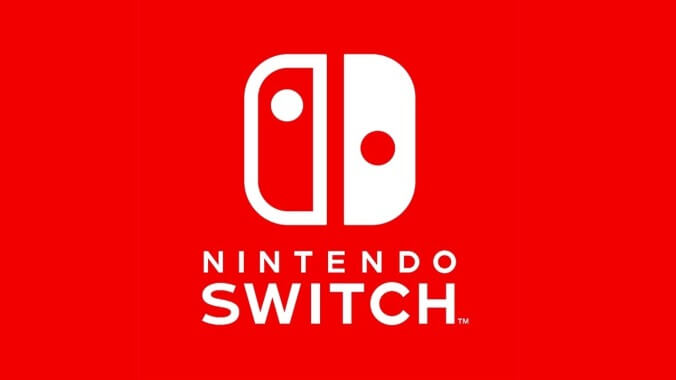The games we play: Trivia, a convenient console, and a closer look at a classic

Three staffers, three unabashed recommendations.

Three staffers, three unabashed recommendations.
Ever since I read this article on The Verge, I’ve been obsessed with HQ Trivia, a new twice-daily “how smart are you” contest from the creators of Vine. After downloading the app and signing up—use my handle, Marahe, as a referral—you get an alert twice a day that the contest is live. You can turn the sound on and listen to delightful host Scott Rogowsky lead into the trivia or just read the questions silently. Every player is playing live, and you get 10 seconds to answer each question. If you miss a question, you’re out of the game, and whoever’s left at the end of 12 questions splits the prize, which usually ranges from $250 to $2,500. Unlike a lot of other trivia games, the questions are no joke—usually fewer than 50 people out of almost 50,000 make it through the whole thing—but it’s incredibly fun to try. So far, I’ve only made it through 10 questions, but I’ll win money one of these days, goddamn it. Mark my words. [Marah Eakin]
If you are even moderately interested in Nintendo games, you probably already know about, and covet, a Switch. The company’s newest system continues its celebrated lineage of portable gaming systems but doubles as a plugged-into-the-TV console, an unlikely technical coup that has made the system absolutely impossible to find since it came out earlier this year. And while its praises have been sung from here to high heavens, and its pair of big games (The Legend Of Zelda: Breath Of The Wild and Super Mario Odyssey) have been rightly celebrated as turning points in Nintendo’s long-running series, I am here to say that, once you finally get your hands on one, it is indeed just a remarkable little device no matter what you’re playing. The key is that portability. I don’t often want to play video games out in the wild, but anyone who a) lives with other people and b) doesn’t have multiple living rooms available will sympathize with the desire to play a game without hogging the TV. It’s a portable system that works best carried a hundred feet or so at a time—while waiting for something to finish cooking, or lying in bed on the weekend, or killing 15 minutes before you have to go somewhere. For people who don’t necessarily have huge pockets of time to devote to playing games regularly, it’s about the best time-killer imaginable. [Clayton Purdom]
[pm_embed_youtube id=’PL6oJayMOGGc8h9gUFdJhbyaOYMYvABRjB’ type=’playlist’]Freelance games writer John Learned recently finished an excellent YouTube series about one of my favorite games of all time, Castlevania: Symphony Of The Night. Rather than dive into what makes it a stunning piece of design work, Learned dug way deep into the inspirations behind all the monsters, weapons, and stories inside Dracula’s castle, showing off the game’s wealth of mythological, theological, and literary allusions. He plays through the entire game and comments on everything along the way, using a bit of extra screen real estate to supplement his analysis with visual aids, like centuries-old illustrations of demons or clips of enemy origins in older Castelvania games. There’s even more context on his personal blog, where Learned maintains appendices for each video. He even took the time to distinguish between the original Japanese release and the English translation, in which many monsters and items have significantly different names. (It turns out, the guys who localized this classic were way more into Tolkein than Koji Igarashi and his team in Japan.) Even if you’re like me and have played SOTN many times, these tidbits are completely fascinating and provide a new dimension to this canonized classic. [Matt Gerardi]
 Keep scrolling for more great stories.
Keep scrolling for more great stories.